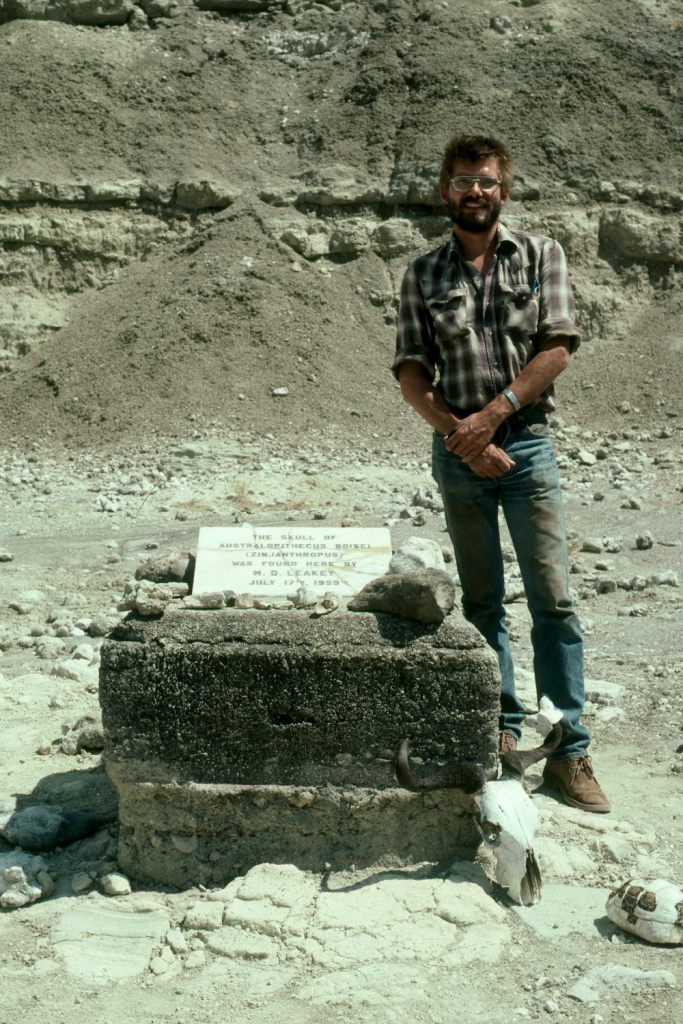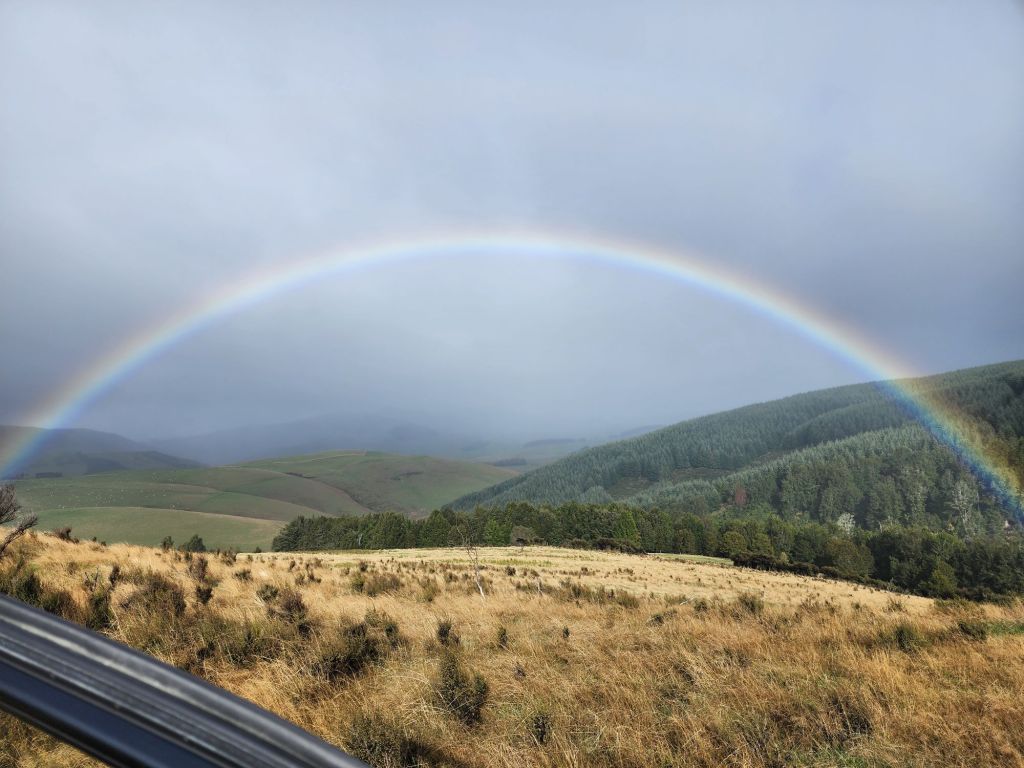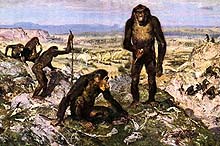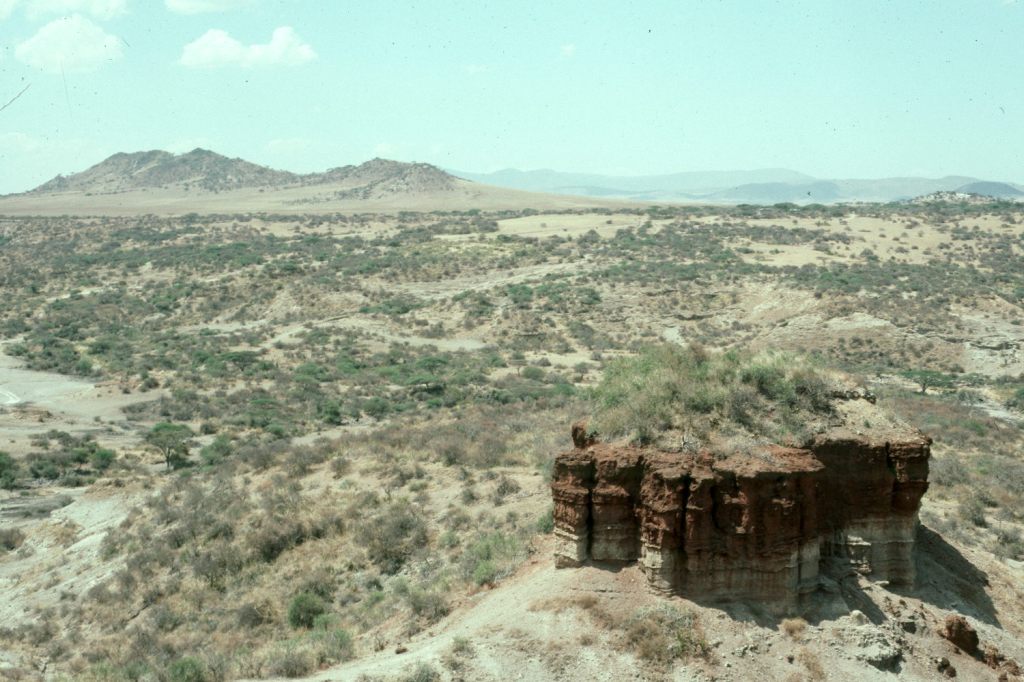I have been (slowly) posting chapter-by-chapter reviews of Eric Cline’s wonderful book, From Eden to Exile. The first discussions of Cline and his book can be found here, here and here.
In Chapter 2: Noah’s Ark, Cline evaluates the archaeological evidence behind what is probably the best known story of the Bible, that of Noah, the Ark and the Flood. The short version: there isn’t any archaeological evidence.
Cline begins by recounting the biblical narrative of Noah and the Ark. There is no need to go through it as almost everyone knows the story by heart: God decides to destroy the earth with a flood; God chooses Noah to build an ark and take two of every animal, male and female, into the ark; God floods the earth but the ark carries Noah, his family and all the animals to safety, yada, yada, yada….
But then Cline relays the really interesting “story behind the story”. He notes that biblical scholars have long concluded that there are actually multiple versions of the biblical story woven together. Moreover, many aspects of the stories contradict each other:
For instance, we are told that the Flood lasted for 40 days (Genesis 7:17) but also that the floodwaters covered the earth for 150 days (7:24). Which was it-40 or 150 days?…And how many animals was Noah told to take into the ark? One pair of each kind of animal (6:19)? Or seven pairs of each kind of clean animal and one pair of each kind of unclean animal (7:2)? (Cline 2007:20).
Numerous additional contradictions exist and we are left with a variety of questions. Who wrote the original versions and when did they write them? Further, can this be considered an actual historical account, true in all its particulars (in which case, how does one explain the contradictions?)? A highly modified oral history, prompted by a natural event, but embellished with a-historical personages and details in order to convey a particular message? Or is it simply a fictional story developed to make a point?
Cline continues the chapter by relaying the story of George Smith, a bank official by trade, who moonlighted as an assistant in Assyriology in the British Museum. In the evenings Smith would work translating clay tablets from archaeological excavations at the site of Ninevah, in what is now Iraq. One night in 1872 Smith translated a clay tablet from the site that much to his astonishment discussed the story of a great flood in which a man built a large boat to save himself, his family and some animals. Many took this discovery to be an indication that the biblical account was historically correct, despite the fact that the Ninevah version was somewhat different from the biblical account. However, contrary to what biblical apologists would have your basic churchgoer believe, archaeology has not verified the historicity of the biblical account. Rather, the real archaeology of Noah’s Ark (conveniently left out in Sunday school classes) suggests that the flood story evolved considerably through its written history, changing dramatically in the characters and details of events. Cline notes that the earliest known version of the flood account comes from the Sumerians during the late fourth and third millennia, B.C. (about 5-6,000 years ago). In this account, the hero is not named Noah, but Ziusudra; and interestingly, the storm that deposits the water occurs not for 40 days and nights, but only seven days and nights.
What many of these people did not realize (and many still do not) is that there are several earlier versions of the same story, all from ancient Mesopotamia. The oldest known version of the Flood account comes from the Sumerians, a civilization that flourished in what is now modern Iraq during the fourth and third millennia B.C. (p. 21).
Archaeology tells us the Flood story was told and re-told multiple times before the biblical version, but most importantly, it was told differently each time. There has never been any consistency in the Flood tale – an observation that completely contradicts any attempt to interpret the bible literally, but would be fully expected of oral history translated repeatedly through the ages. Nonetheless, Cline suggests that many aspects of the story do remain consistent. The conclusion Cline draws, however, is not that this represents an actual historical event (of the scale interpreted by Ken Ham’s particular flavor of biblical literalism) but that it is an excellent example of a transmitted narrative:
Thus, scholars tend to favor the suggestion that these stories are an example of a transmitted narrative. In fact, most scholars today think the story of Noah’s ark is one of the best examples of such a narrative. (p.27).
Cline then addresses the history of attempts to identify either evidence for the flood, or direct archaeological evidence of Noah’s ark itself. These have ranged from British archaeologist Sir Leonard Woolley’s identification of flood deposits at ancient Ur to American non-scientist Bob Cornuke’s BASE team ridiculously interpreting slabs of stone as possible wood planks from the ark. Woolley took a harder look at the archaeological evidence and came to the conclusion that the flood was local and not of biblical proportions. Cornuke, however, continues to claim archaeologist credentials, but manufactures the data that proves his theology. Cline also notes recent archaeological and geologic evidence for a great flood emanating from Black Sea shortly after the close of the Pleistocene. There has been much controversy over the precise environmental conditions, magnitude and timing of this event and the issue deserves further comment in a later post. The original book by William Ryan and Walter Pitman posited that a sudden break at the Bosporus Straits allowed the Mediterranean to flood the lower elevation Black Sea at a catastrophic rate, rapidly inundating thousands of square miles and spawning an oral history of the great flood. I was always fond of this as a likely explanation for the flood myth, at least until recent paleoenvironmental work suggested the area could not have flooded as quickly as Ryan and Pitman indicate and must have taken centuries. Recently, additional research has returned us to a refined version of the Ryan and Pitman scenario. Chris Turney and colleagues now suggest a large area was flooded extensively, but over a period of several decades, not centuries, and that archaeological evidence shows a significant population being displaced. Turney notes:
People living in what is now southeast Europe must have felt as though the whole world had flooded. This could well have been the origin of the Noah’s Ark story.
It would seem as though the story of Noah’s Ark and all its earlier versions may well have had a source in a real historic event, although one limited in its scope and remembered in the narrow context of a few Neolithic farmers who experienced it firsthand. This explanation is far more consistent with the extensive archaeological, geologic and environmental evidence denying the occurrence of a world-wide flood.
After a slight diversion to discuss the Tower of Babel (and to remind us that biblical stories may often be the remnants of historical memory, morphed by centuries, even millennia, of re-telling) Cline asks where this leaves us with respect to the historicity of Noah’s Ark. Cline’s answer comes from an interesting direction. Whether or not there was an ark, the likelihood of it being found is essentially zero. A wooden boat of that age would be unlikely to preserve. And although we do have a few examples of such boats from ancient times, they are small and their burial contexts uniquely allow for preservation. It would be a statistical long shot to expect wood preservation at the high altitudes the “ark hunters” typically explore:
The most unlikely place to find Noah’s ark is probably on top of a mountain, such as Mount Ararat in Turkey, where most expeditions go looking for it, or even the mountains of Ararat, where the Bible says the ark landed (p.36).
This is an archaeological reality – and because Cornuke, Wyatt and others lack the professional credentials of an archaeologist it is not surprising that they would look for something in the worst possible location for its preservation.
But of course, science is not what Cornuke and others are seeking. They seek validation of what they already believe. No amount of science, data, or observation will ever be sufficient to convince them of the inescapable conclusion that reasoned people have drawn: ancient texts are not the best source for explaining the way the world works. And so, we are likely to hear of more “ark” discoveries in the future. An article in the Skeptical Inquirer says it best:
Like Atlantis, the Ark will continue to be “found” by those looking for it- whether it exists or not.






Leave a comment